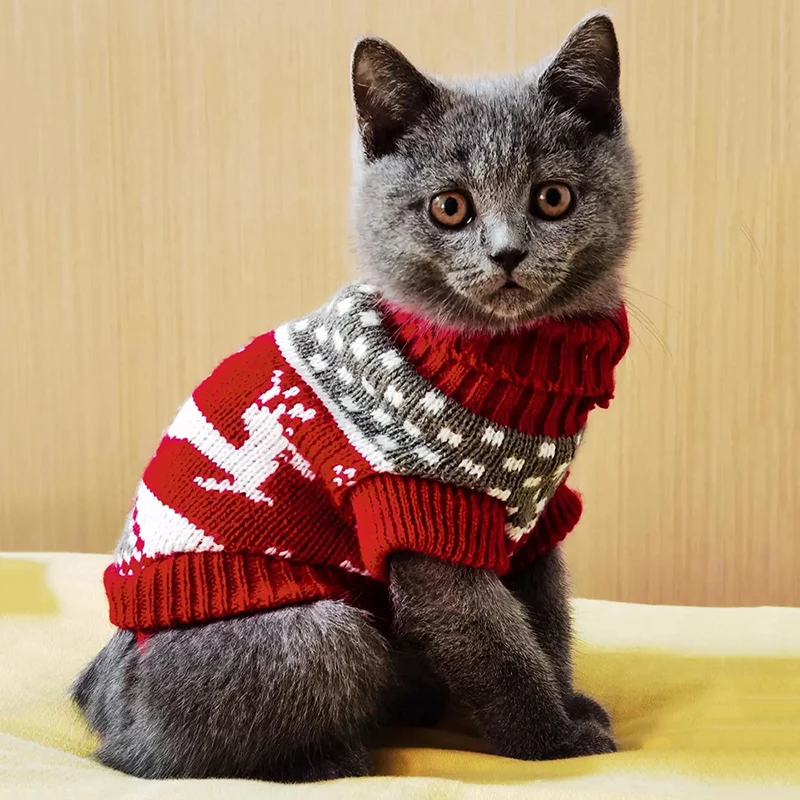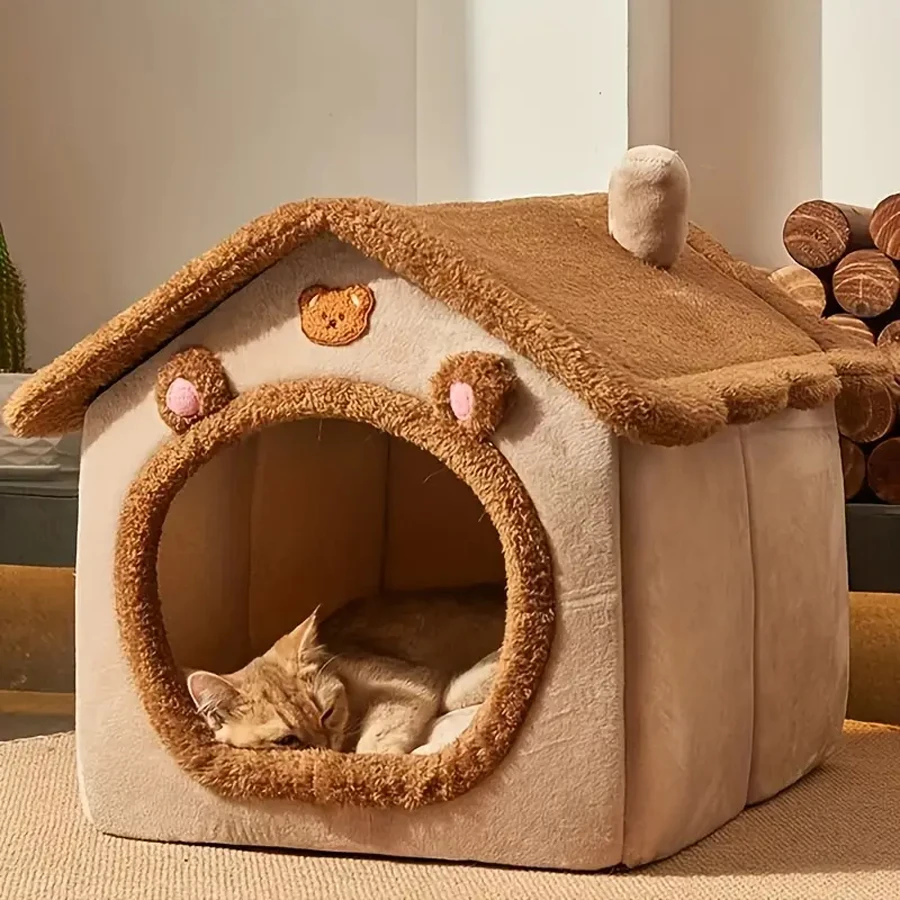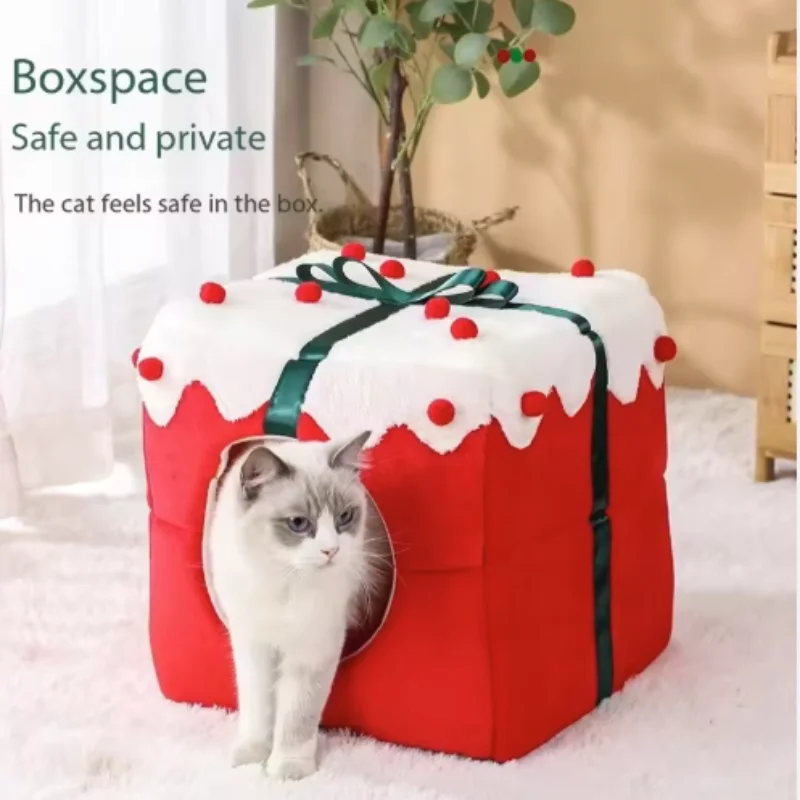The Feline Innovators of Language: Cats and Their Whispered Influence on Communication Across Cultures
- No Comments
In an age where communication transcends borders and languages evolve at a dizzying pace, one might be surprised to learn about the subtle but impactful role that cats have played in shaping the way humans express themselves. From ancient times to the present, cats have woven themselves into the tapestry of human languages, leaving pawprints that are both visible and invisible.
The relationship between cats and human language dates back thousands of years. In ancient Egypt, cats were revered as sacred animals, their likenesses appearing in hieroglyphics and artwork. The word “Mau,” which means cat in Egyptian, is thought to be one of the earliest examples of onomatopoeia, mimicking the sound of a cat’s meow. This linguistic phenomenon of using animal sounds to form words is not unique to Egypt; many cultures have developed words for cats based on their vocalizations. The Japanese word “nyanko” and the French “miaou” both pay homage to the feline’s distinctive meow, a testament to the universal impact of cats on human language.
Beyond vocabulary, cats have influenced idiomatic expressions and metaphors, enriching languages with their enigmatic nature. Phrases such as “the cat’s out of the bag” or “curiosity killed the cat” are woven into the English lexicon, illustrating the cat’s role in conveying complex ideas and emotions. These expressions often reflect cultural attitudes towards curiosity, discretion, and independence, characteristics closely associated with cats themselves. Similar expressions can be found in other languages, each with its own cultural twist, yet rooted in a shared understanding of feline behavior.
Cats have also served as muses for poets and authors, inspiring works that explore the depths of human emotion and thought. From T.S. Eliot’s whimsical “Old Possum’s Book of Practical Cats” to Haruki Murakami’s introspective narratives, writers have drawn on the mysterious allure of cats to craft stories that resonate with readers worldwide. In literature, cats often symbolize themes of mystery, independence, and wisdom, their presence offering a lens through which human experiences are examined and understood.
In the digital age, the influence of cats on language has only grown more pronounced. The internet has given rise to a new lexicon where cats reign supreme. Memes, GIFs, and viral videos featuring cats have spawned a vocabulary all their own, with phrases like “LOLcat” and “Nyan Cat” becoming part of the digital vernacular. This phenomenon highlights the enduring appeal of cats as cultural icons, capable of bridging linguistic and cultural divides with their universal charm.
Moreover, cats have inspired new modes of communication, encouraging humans to explore non-verbal forms of interaction. The subtle nuances of a cat’s body language—its posture, tail movements, and ear positions—offer insights into non-verbal communication that have informed studies in both animal behavior and human psychology. This understanding has led to improved communication between humans and their feline companions, fostering deeper bonds and a greater appreciation for the complexity of animal communication.
As we continue to study the interplay between language and culture, the role of cats in shaping human expression remains a fascinating subject. Their ability to capture the imagination and influence linguistic development is a testament to the deep and enduring connection between humans and felines. Whether through ancient hieroglyphs or modern memes, cats have left an indelible mark on the way we communicate, reminding us of their unique place in our lives and languages.
In conclusion, the whispered influence of cats on communication across cultures is a testament to their profound impact on human society. As symbols, muses, and companions, cats have not only enriched our languages but also deepened our understanding of the intricacies of communication itself. Their legacy in the realm of language is one that continues to evolve, much like the languages they have helped shape, as enduring as the feline presence itself.

In an age where communication transcends borders and languages evolve at a dizzying pace, one might be surprised to learn about the subtle but impactful role that cats have played in shaping the way humans express themselves. From ancient times to the present, cats have woven themselves into the tapestry of human languages, leaving pawprints that are both visible and invisible.
The relationship between cats and human language dates back thousands of years. In ancient Egypt, cats were revered as sacred animals, their likenesses appearing in hieroglyphics and artwork. The word “Mau,” which means cat in Egyptian, is thought to be one of the earliest examples of onomatopoeia, mimicking the sound of a cat’s meow. This linguistic phenomenon of using animal sounds to form words is not unique to Egypt; many cultures have developed words for cats based on their vocalizations. The Japanese word “nyanko” and the French “miaou” both pay homage to the feline’s distinctive meow, a testament to the universal impact of cats on human language.
Beyond vocabulary, cats have influenced idiomatic expressions and metaphors, enriching languages with their enigmatic nature. Phrases such as “the cat’s out of the bag” or “curiosity killed the cat” are woven into the English lexicon, illustrating the cat’s role in conveying complex ideas and emotions. These expressions often reflect cultural attitudes towards curiosity, discretion, and independence, characteristics closely associated with cats themselves. Similar expressions can be found in other languages, each with its own cultural twist, yet rooted in a shared understanding of feline behavior.
Cats have also served as muses for poets and authors, inspiring works that explore the depths of human emotion and thought. From T.S. Eliot’s whimsical “Old Possum’s Book of Practical Cats” to Haruki Murakami’s introspective narratives, writers have drawn on the mysterious allure of cats to craft stories that resonate with readers worldwide. In literature, cats often symbolize themes of mystery, independence, and wisdom, their presence offering a lens through which human experiences are examined and understood.
In the digital age, the influence of cats on language has only grown more pronounced. The internet has given rise to a new lexicon where cats reign supreme. Memes, GIFs, and viral videos featuring cats have spawned a vocabulary all their own, with phrases like “LOLcat” and “Nyan Cat” becoming part of the digital vernacular. This phenomenon highlights the enduring appeal of cats as cultural icons, capable of bridging linguistic and cultural divides with their universal charm.
Moreover, cats have inspired new modes of communication, encouraging humans to explore non-verbal forms of interaction. The subtle nuances of a cat’s body language—its posture, tail movements, and ear positions—offer insights into non-verbal communication that have informed studies in both animal behavior and human psychology. This understanding has led to improved communication between humans and their feline companions, fostering deeper bonds and a greater appreciation for the complexity of animal communication.
As we continue to study the interplay between language and culture, the role of cats in shaping human expression remains a fascinating subject. Their ability to capture the imagination and influence linguistic development is a testament to the deep and enduring connection between humans and felines. Whether through ancient hieroglyphs or modern memes, cats have left an indelible mark on the way we communicate, reminding us of their unique place in our lives and languages.
In conclusion, the whispered influence of cats on communication across cultures is a testament to their profound impact on human society. As symbols, muses, and companions, cats have not only enriched our languages but also deepened our understanding of the intricacies of communication itself. Their legacy in the realm of language is one that continues to evolve, much like the languages they have helped shape, as enduring as the feline presence itself.








